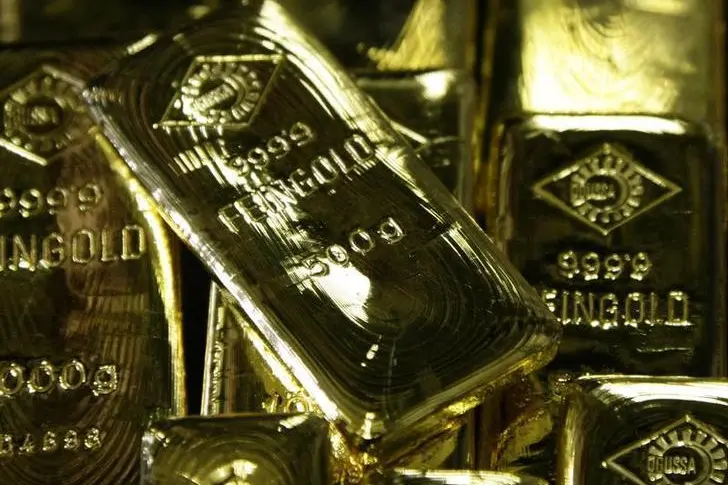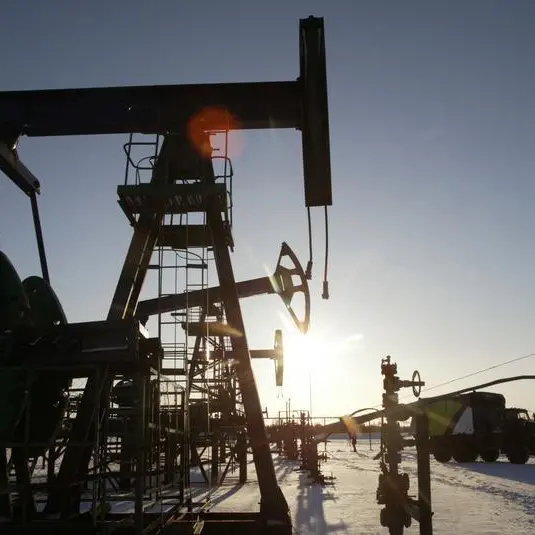PHOTO
Gold prices fell on Wednesday to their lowest levels in more than a month after data on U.S. consumer prices showed inflation accelerated in January, flaring concerns of tighter Federal Reserve monetary policy this year.
Spot gold was down 1% at $1,836.67 per ounce, as of 0951 GMT, its lowest level since early January. U.S. gold futures also dropped 1% to $1,846.30.
The Labor Department said on Tuesday the U.S. consumer price index had increased 0.5% in January.
"Interest rate expectations this year have become considerably more hawkish, which is weighing on gold," said Craig Erlam, a senior market analyst at OANDA.
"I still believe there's potential for rate cuts later this year, which should be supportive for the yellow metal. The data, and therefore, expectations may just remain volatile over the coming months."
Gold prices dropped more than 6% since Feb. 2, when the bullion had scaled a nine-month peak.
Fed officials said on Tuesday the U.S. central bank will need to keep gradually raising interest rates and suggested sticky price pressures, driven by a hot jobs market, may push borrowing costs higher than they had anticipated.
Gold is traditionally considered an inflation hedge, although rising interest rates increase the opportunity cost of holding the non-yielding asset.
The dollar index firmed 0.3%. A stronger greenback makes dollar-priced bullion less attractive for buyers with other currencies.
"Holdings of physically backed gold and silver products, our preferred gauges of investment demand, have been declining again as of late ... We stick to our neutral view on both gold and silver," said Carsten Menke, head of Next Generation Research at Julius Baer in a note.
Spot silver lost 1.6% to $21.50 per ounce and platinum fell 0.9% to $922.72.
Palladium was down 1.6% at $1,472.76, its lowest level since August 2019.
(Reporting by Ashitha Shivaprasad in Bengaluru; Editing by Sherry Jacob-Phillips)





















